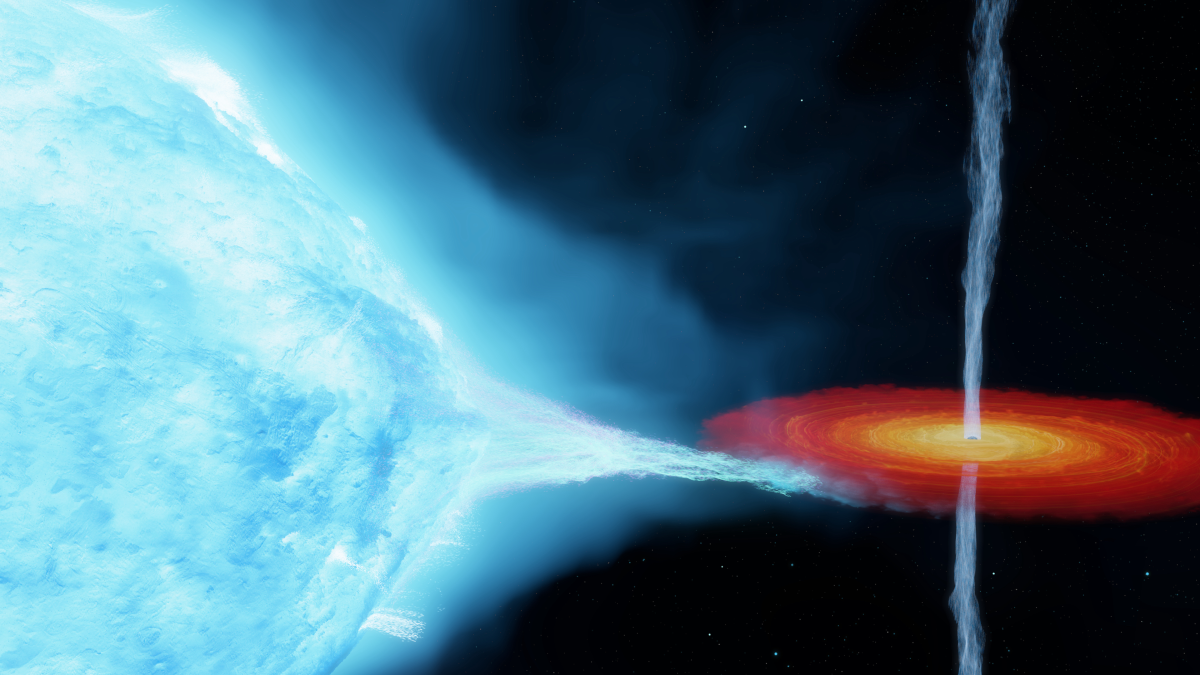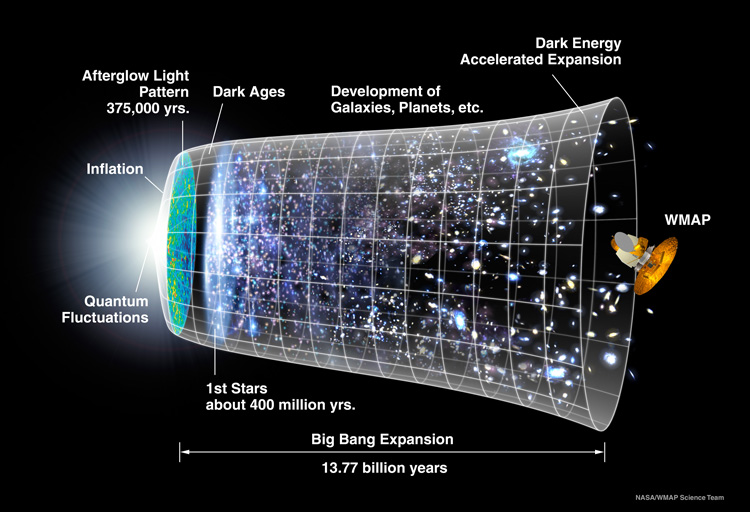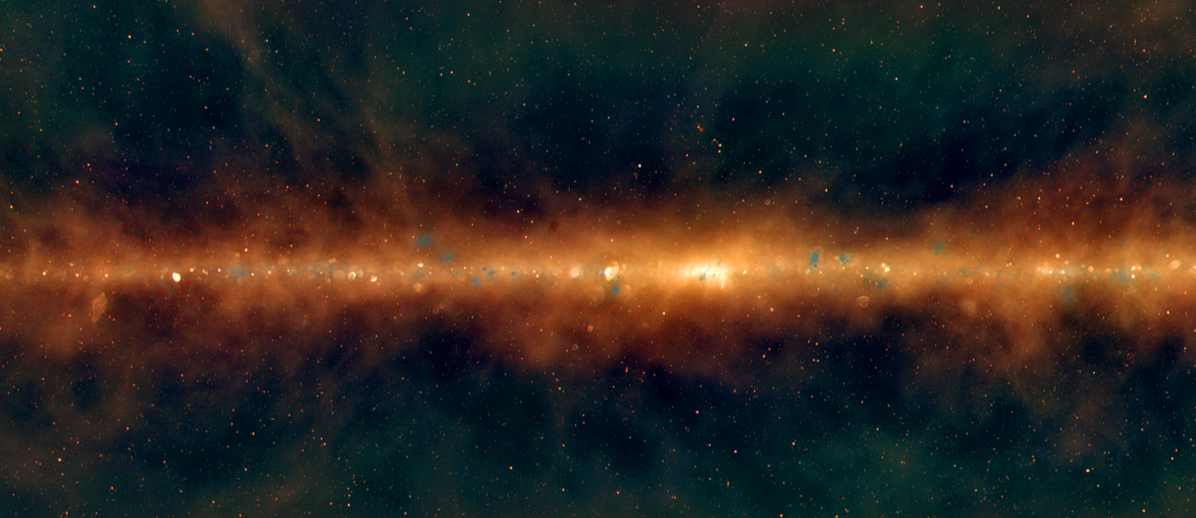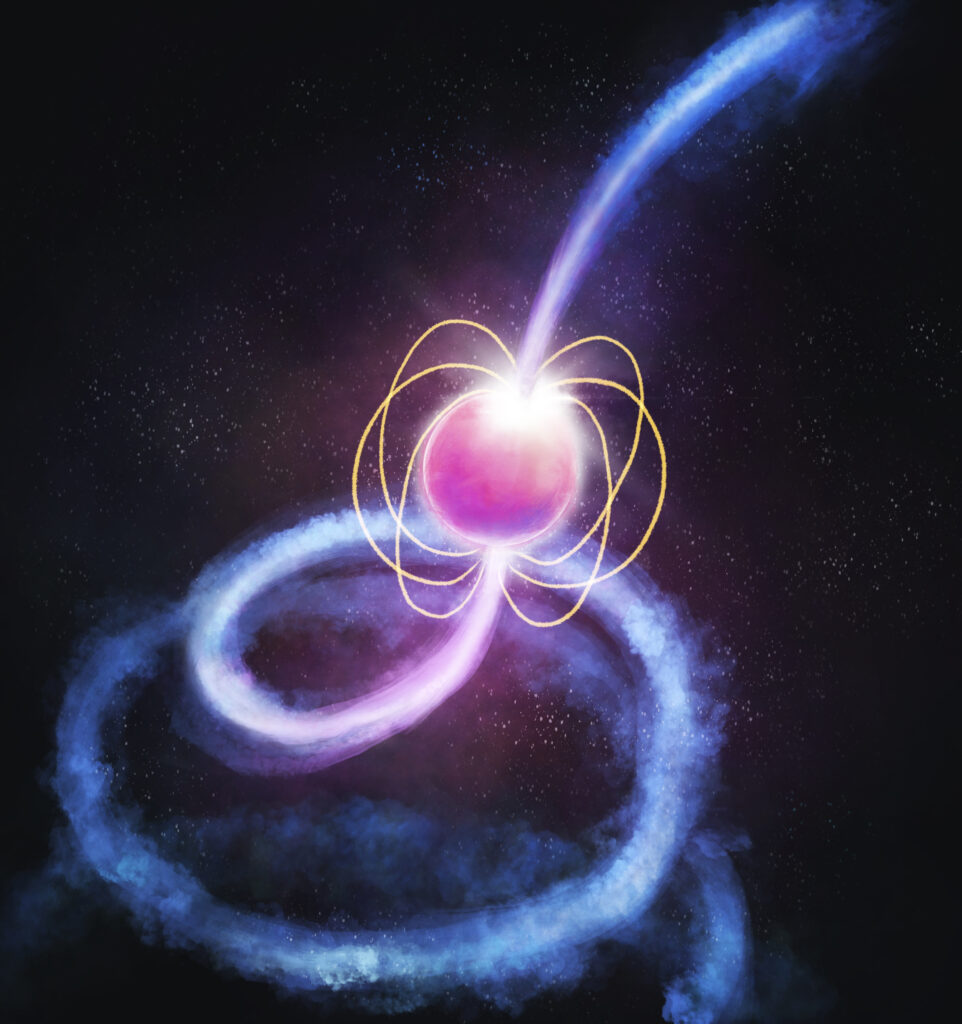Accretion Physics and Slow Transients
Short-lived explosive events such as the outbursts caused by a black hole feeding on an orbiting companion star, the tidal destruction of a star by a supermassive black hole, or the cataclysmic death of a massive star, provide excellent laboratories for studying high-energy astrophysics. Such events allow us to probe energies, magnetic fields, and strong gravity that can never be reproduced here on Earth, and provide insights into how black holes form and grow. Our researchers use data from radio telescopes to characterise the powerful jets and outflows produced in these extreme environments, determining how they are launched and how they feed back energy to their surroundings. This work benefits from supporting observations across the electromagnetic spectrum, as well as the new windows into these cosmic cataclysms provided by multi-messenger astronomy, using gravitational waves, neutrinos, and high-energy gamma-rays. We also use the techniques developed for the study of transient astrophysical events to develop the Murchison Widefield Array’s capabilities for detecting and tracking objects in low-Earth orbit.



